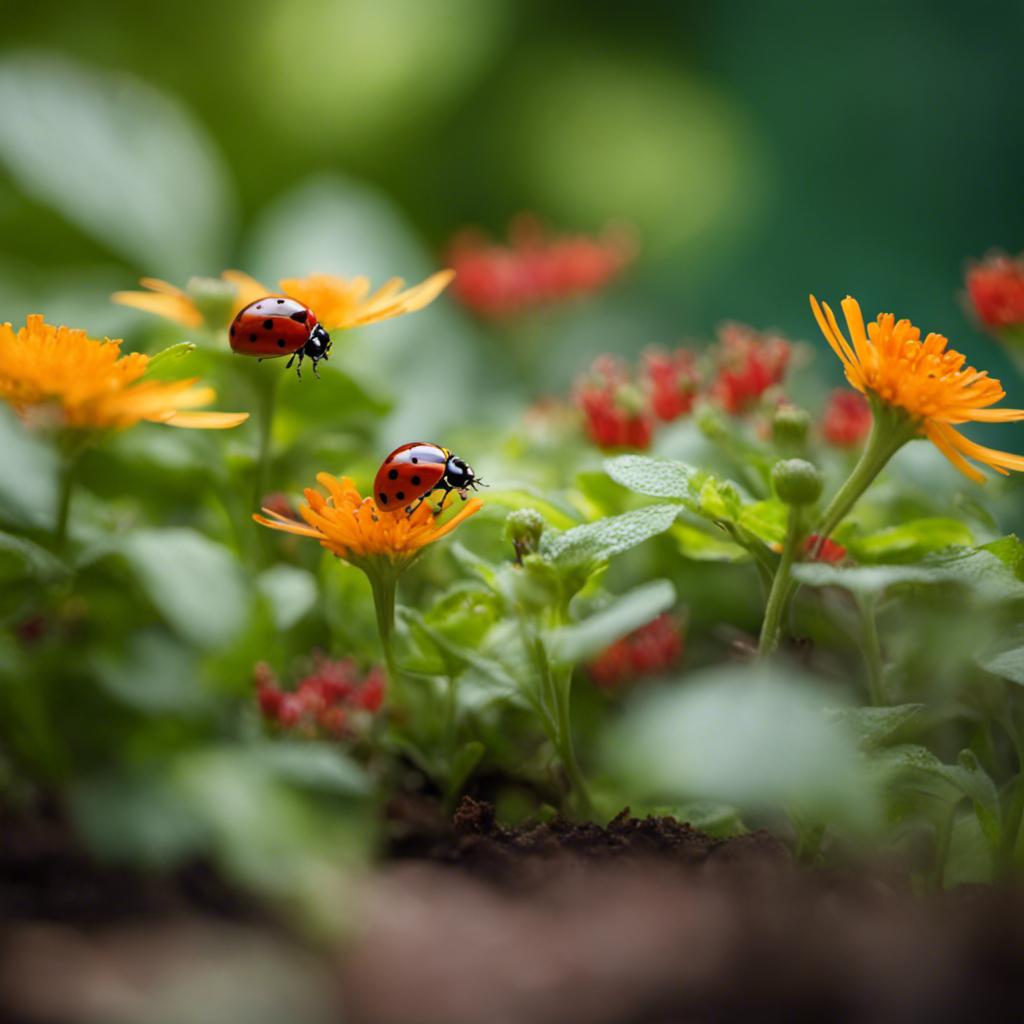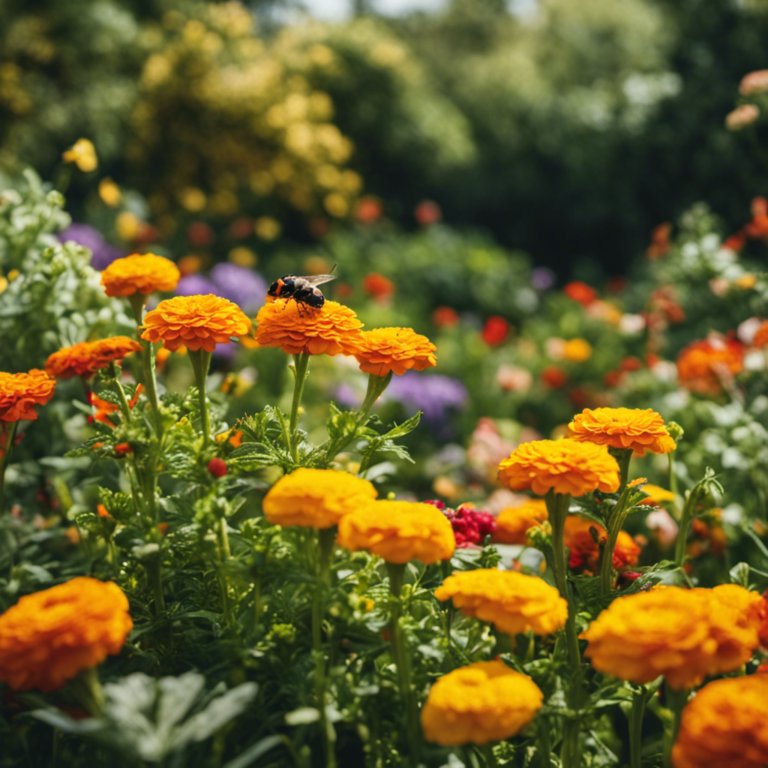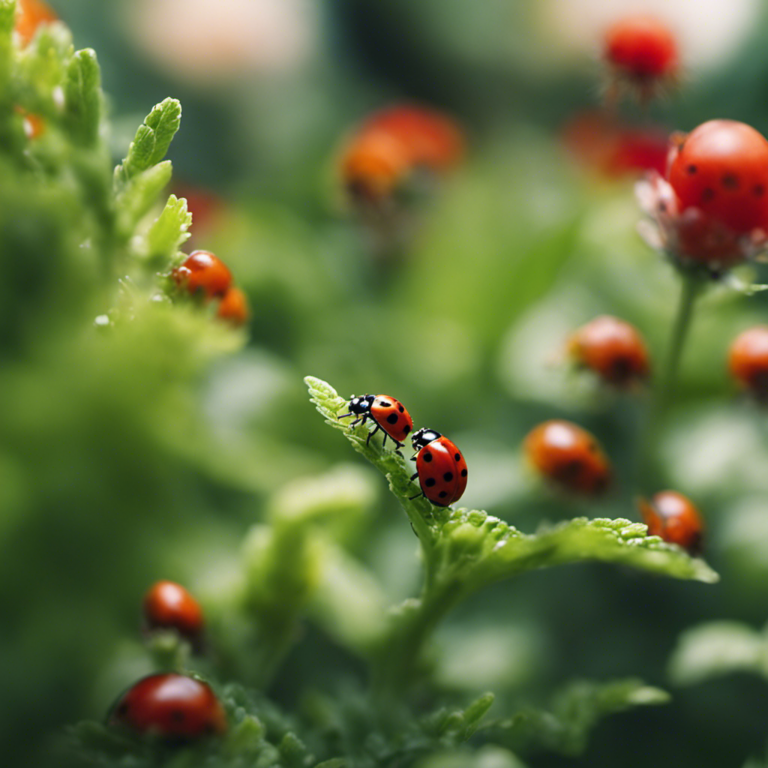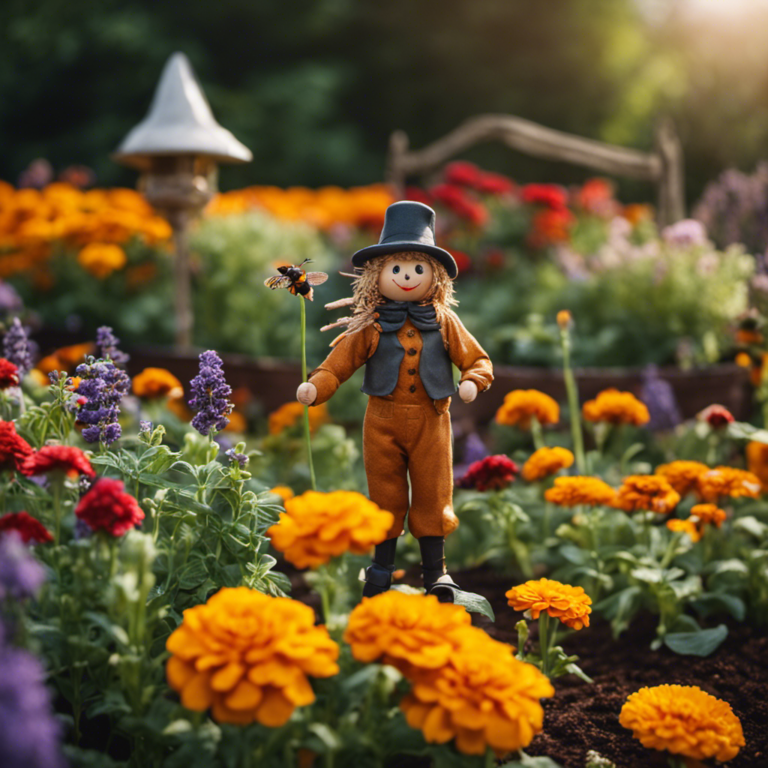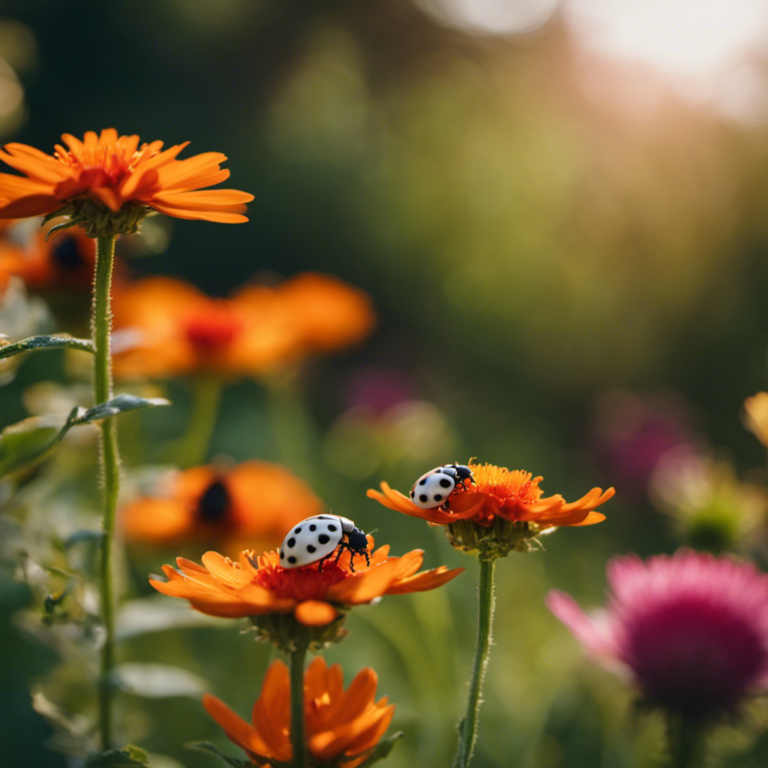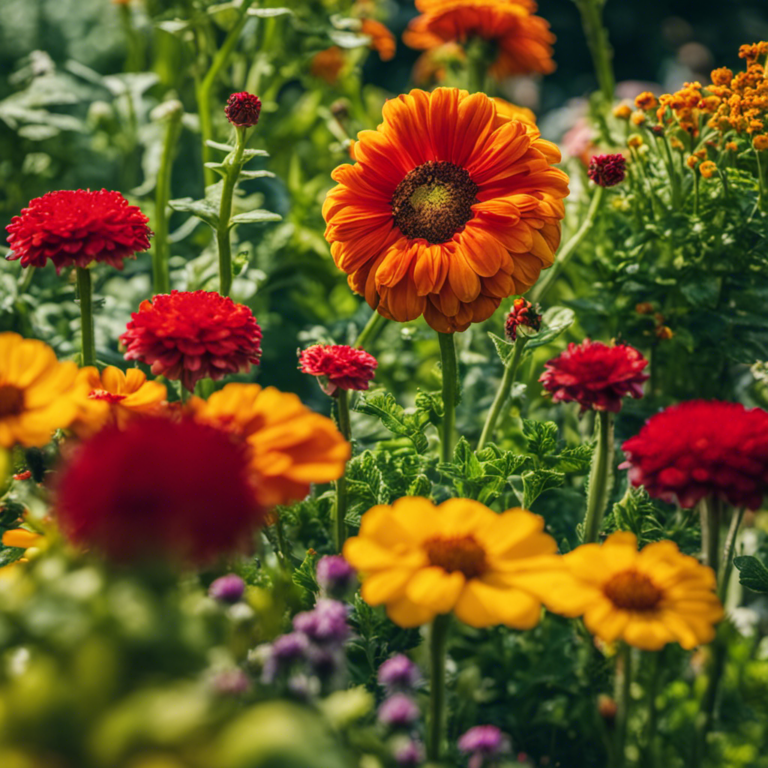Looking to create a garden that’s pest-free and eco-friendly? You’re in the right place!
Our Green Thumb Guide will show you how to achieve a thriving garden while taking care of the environment.
By using natural predators, barriers, and organic solutions, you can keep pests away without harming the ecosystem.
With some know-how and smart gardening techniques, you’ll enjoy a beautiful, healthy garden that’s gentle on the planet.
Let’s get started!
Key Takeaways
Achieving a pest-free and eco-friendly garden is not only possible but also beneficial for the environment and your plants. While some may argue that these methods require more time and effort, the long-term benefits outweigh any initial challenges.
By using natural predators, barriers and repellents, companion planting, organic sprays, and proper soil management, you can create a thriving garden that is free from harmful pests and chemicals.
Creating an environmentally friendly garden is a journey worth embarking on. Not only will you enjoy a healthier and more sustainable outdoor space, but you will also contribute to the preservation of our planet. Start today and reap the rewards of a greener garden.
Natural Predators
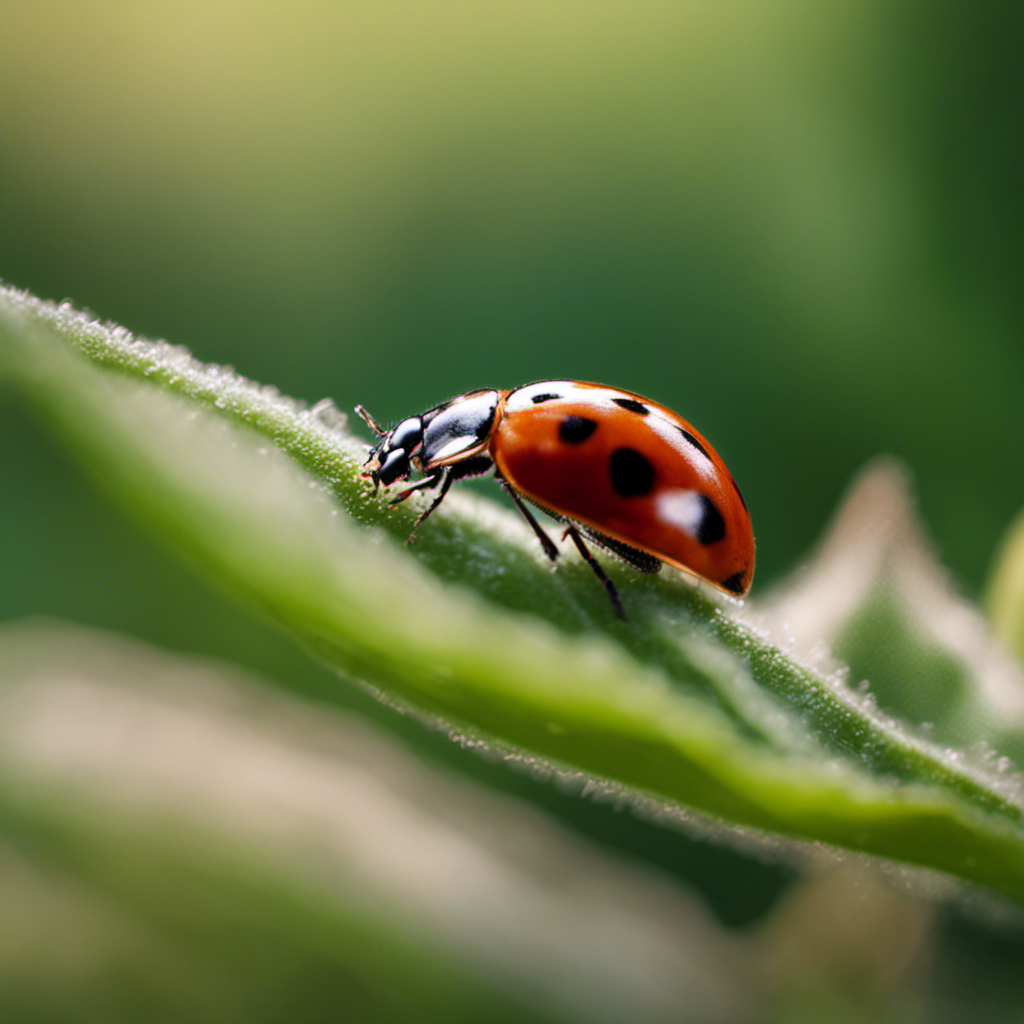
Using natural predators is an effective and environmentally friendly way to control pests in your garden.
Integrated pest management (IPM) is a holistic approach that aims to minimize the use of harmful chemical pesticides and instead relies on beneficial insects to regulate pest populations.
Beneficial insects, such as ladybugs, lacewings, and parasitic wasps, prey on pests like aphids, caterpillars, and mites, helping to maintain a balanced ecosystem in your garden.
By attracting and supporting these natural predators, you can reduce the need for synthetic pesticides and create a healthier environment for your plants and beneficial insects.
Implementing IPM strategies, such as planting native flowers to attract beneficial insects or creating habitats for them to thrive, allows you to effectively manage pests while minimizing harm to the environment.
Barriers and Repellents
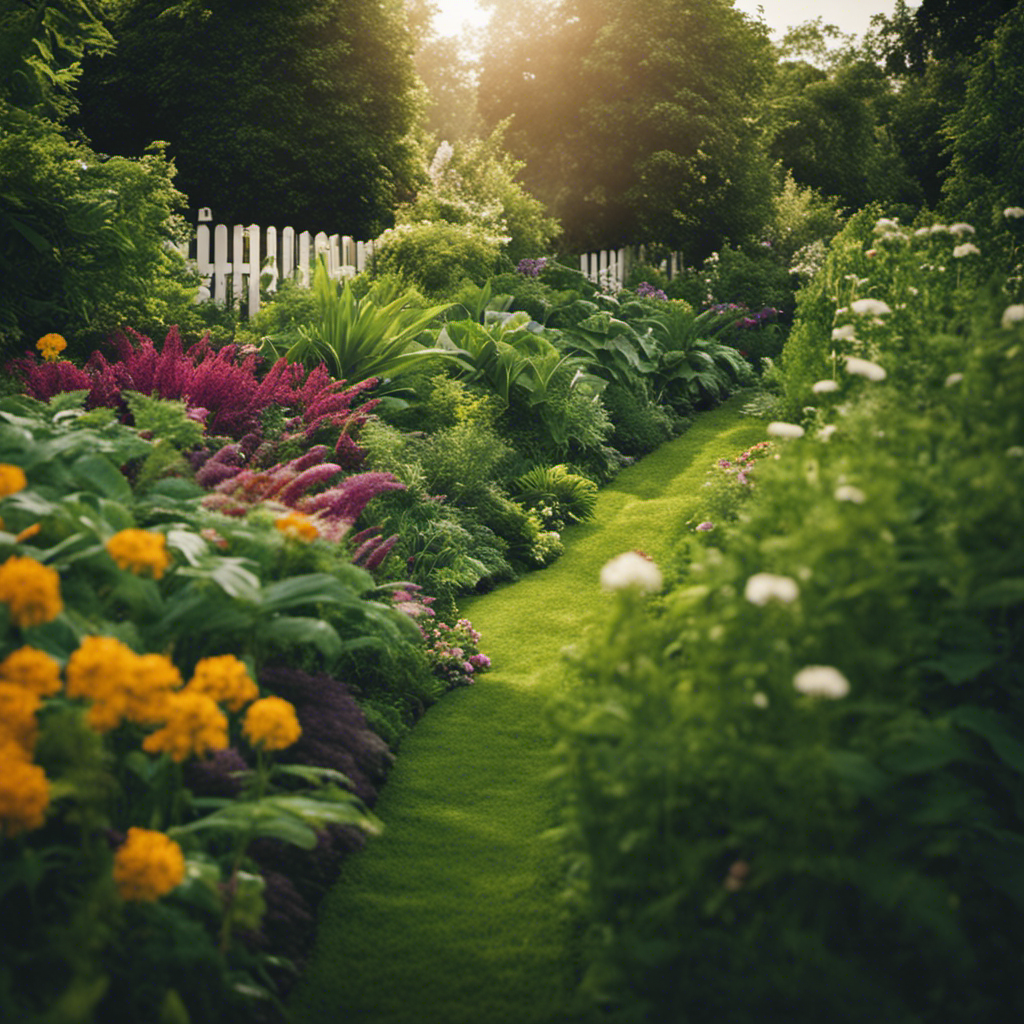
To better protect your garden from pests, you can use barriers and repellents that discourage unwanted insects and critters from entering your garden space.
One effective method is to plant pest-resistant plants, which naturally repel insects and deter them from infesting your garden. Some examples of pest-resistant plants include marigolds, lavender, and rosemary. These plants emit strong scents that bugs find unpleasant, keeping them away.
Another option is to use do-it-yourself pest control methods, like creating physical barriers. This can be achieved by installing fences or using row covers to prevent pests from accessing your plants.
Additionally, you can make homemade repellents using ingredients like garlic, chili peppers, or neem oil, which have natural insect-repelling properties.
Companion Planting
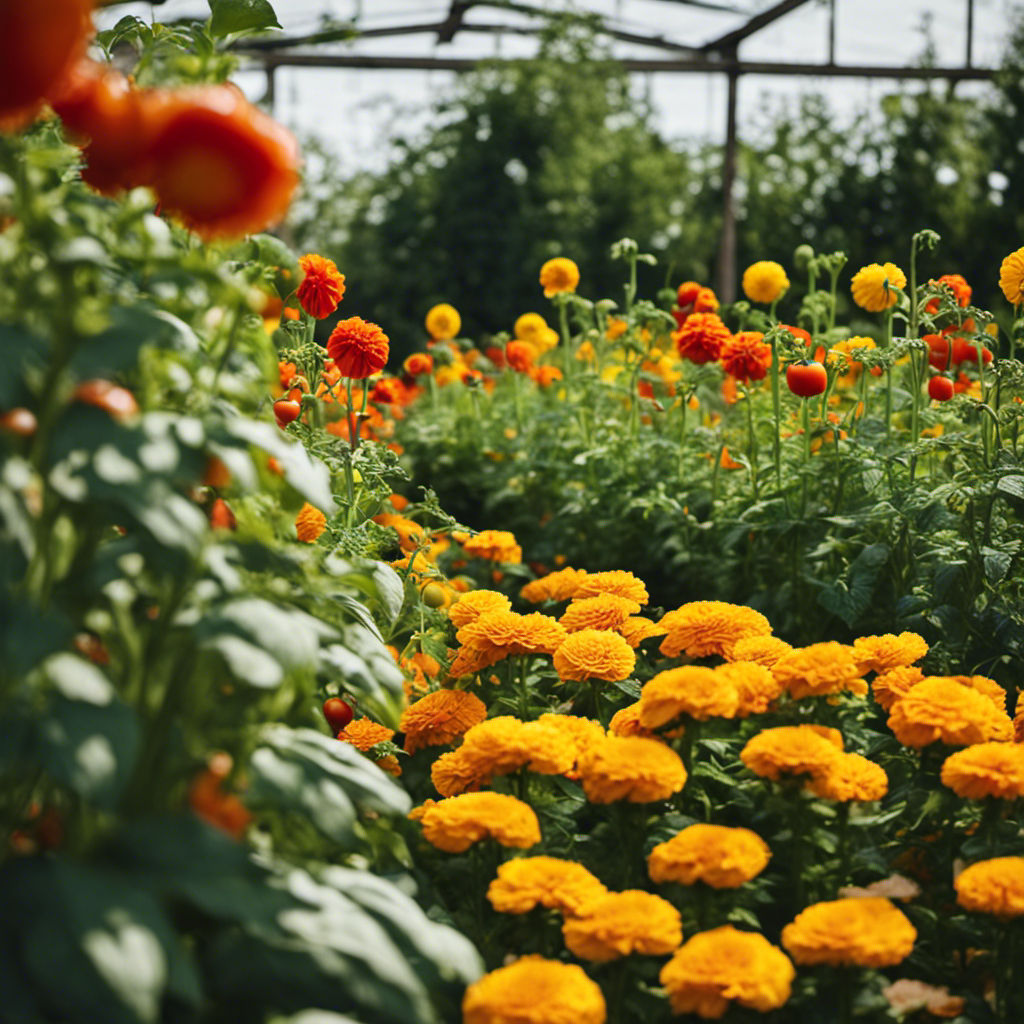
Enhance Your Garden’s Pest Resistance with Companion Planting
One effective way to boost the pest resistance of your garden is through companion planting. This gardening technique involves strategically interplanting different types of plants to maximize their benefits and minimize pest damage. By planting certain plants together, you can create a natural ecosystem that attracts helpful insects and repels harmful ones.
For instance, planting marigolds alongside your vegetables can deter pests like aphids and nematodes. Similarly, herbs like basil and cilantro, when planted near tomatoes, can attract beneficial insects that feed on tomato pests. These interplanting techniques not only provide natural pest control but also promote biodiversity in your garden.
By incorporating companion planting into your gardening practices, you can create a pest-free and eco-friendly garden that thrives with healthy plants and beneficial insects. Remember, a diverse and well-planned garden is key to maintaining a balanced ecosystem.
Organic Sprays and Solutions
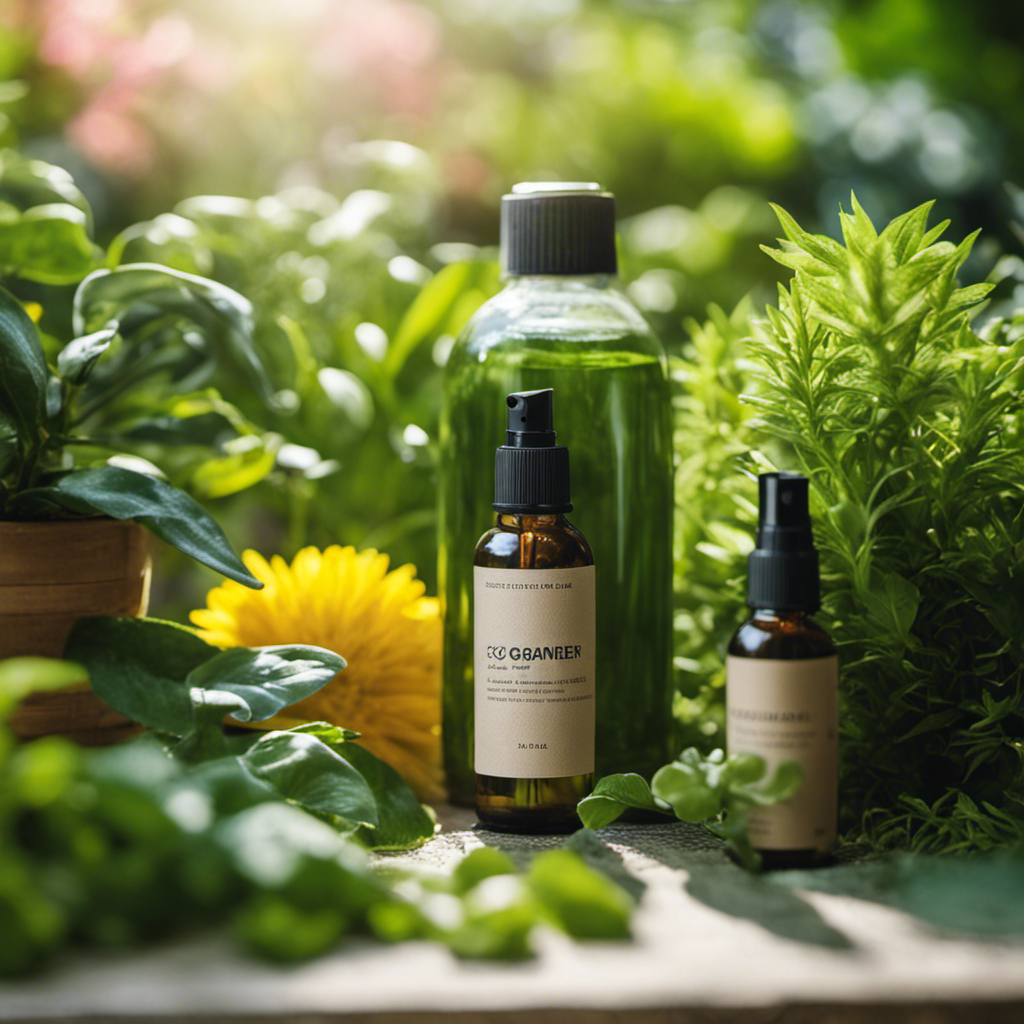
Try using neem oil or insecticidal soap as organic sprays to control pests in your garden. These environmentally friendly alternatives are effective in keeping pests away.
Neem oil, derived from the neem tree, acts as both a repellent and an insecticide, targeting a wide range of pests including aphids, mites, and whiteflies. It disrupts their feeding and reproductive systems, preventing further damage to your plants.
Insecticidal soap, on the other hand, is made from natural ingredients such as potassium salts and fatty acids. It works by suffocating soft-bodied insects like mealybugs, spider mites, and scale insects.
Both neem oil and insecticidal soap can be easily made at home, providing effective homemade remedies for pest control in your garden.
Soil Management
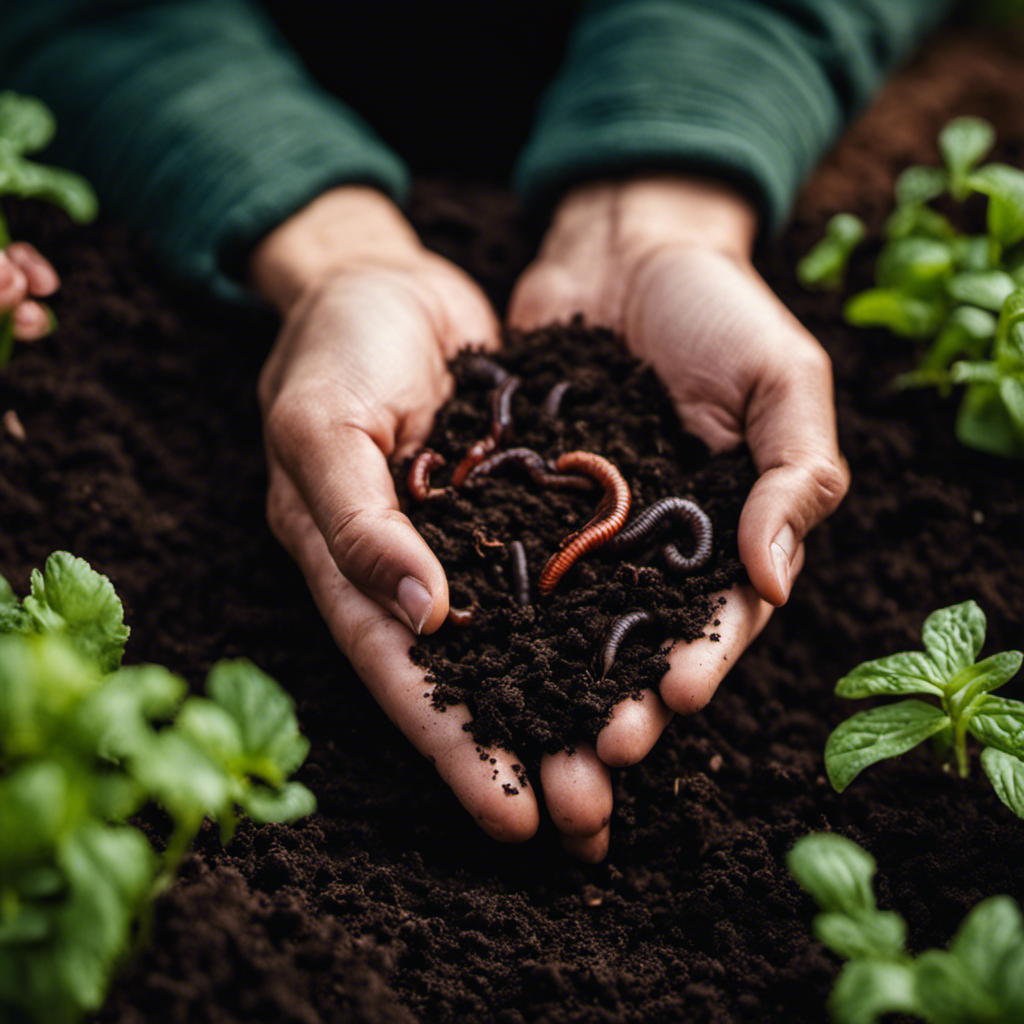
Maintaining healthy soil in your garden requires implementing proper nutrient management techniques. One effective method is enriching the soil with compost. Compost, a natural fertilizer, adds essential nutrients to the soil, promoting plant growth and preventing nutrient deficiencies.
You can create your own compost pile using kitchen scraps, yard waste, and other organic materials, reducing waste and improving soil health.
Another technique for soil management is crop rotation. By planting different crops in different areas of your garden each year, you can prevent the buildup of pests and diseases in the soil. Crop rotation also helps maintain soil fertility by balancing nutrient demands and reducing the risk of nutrient depletion.
Implementing these soil management techniques will ensure a healthy and productive garden.
Conclusion
Achieving a pest-free and eco-friendly garden isn’t only possible but also beneficial for the environment and your plants. While some may argue that these methods require more time and effort, the long-term benefits outweigh any initial challenges.
By utilizing natural predators, barriers and repellents, companion planting, organic sprays, and proper soil management, you can create a thriving garden that’s free from harmful pests and chemicals.
Start your journey to a greener garden today and enjoy the rewards of a healthier and more sustainable outdoor space.
